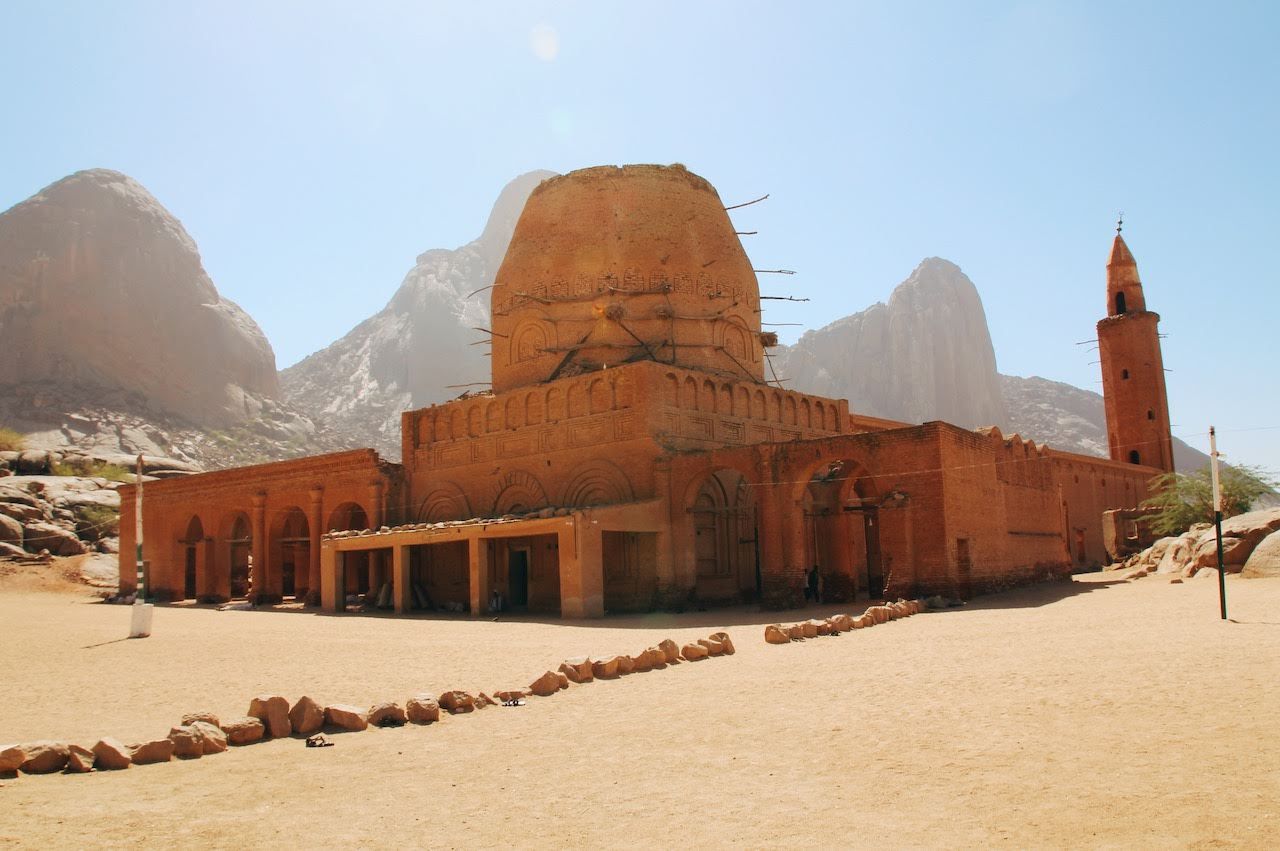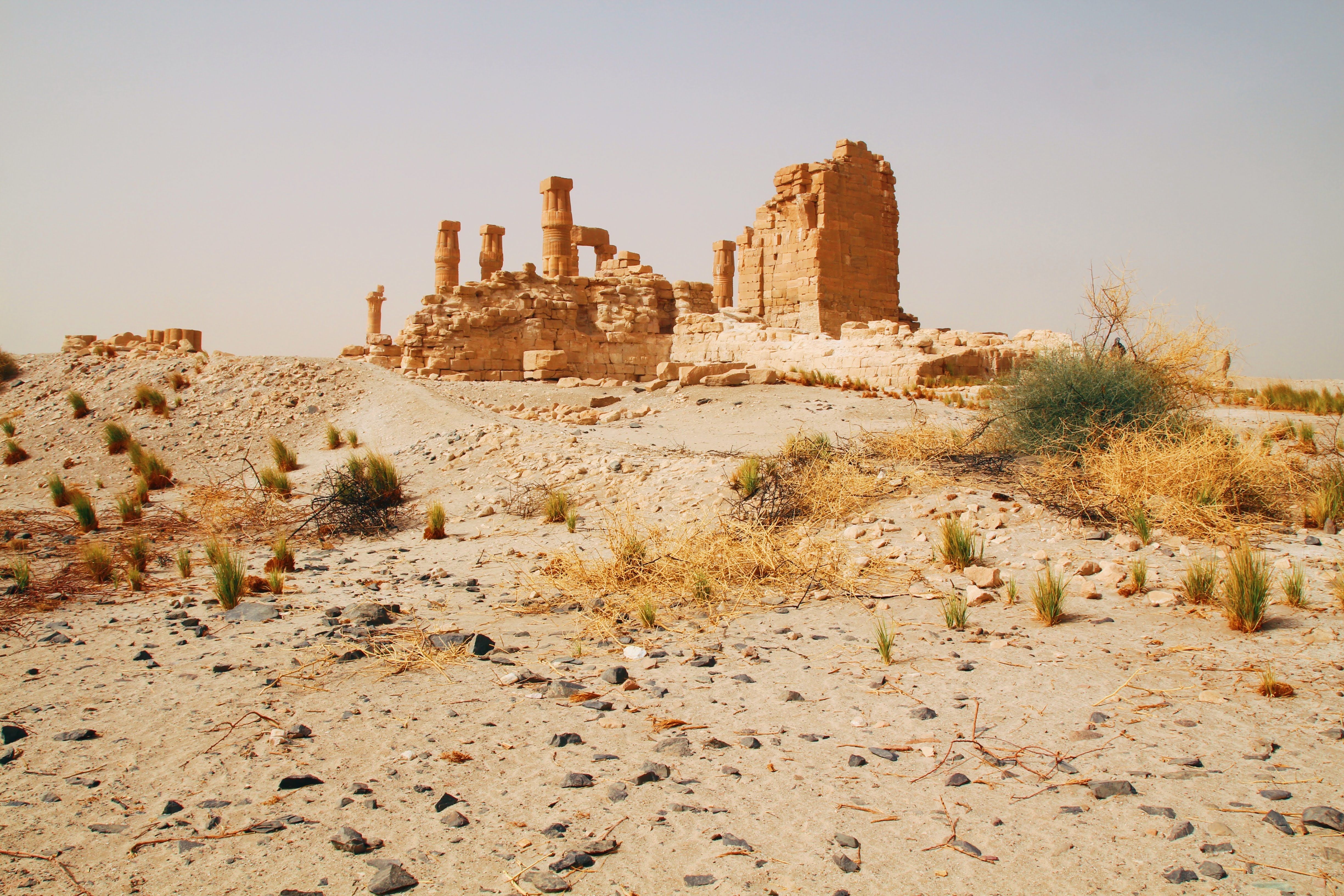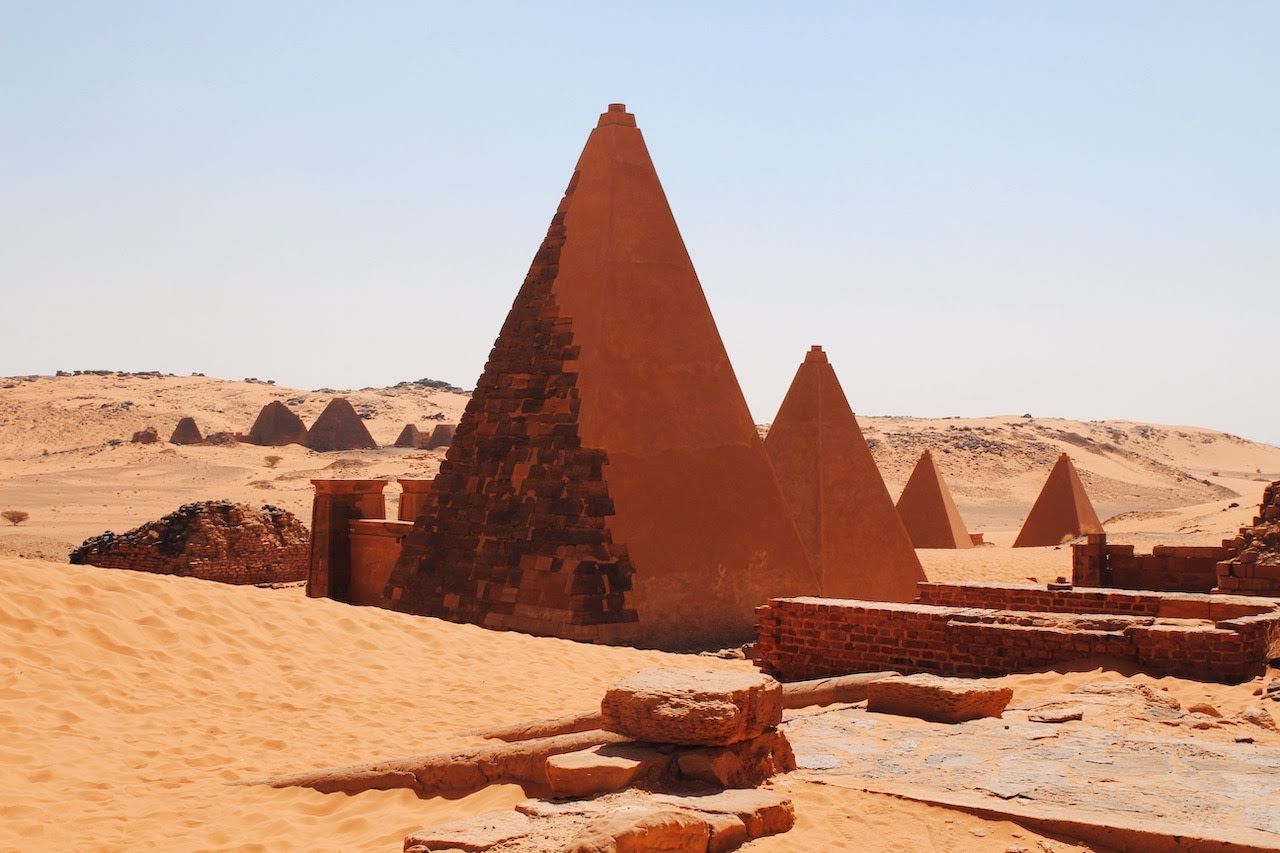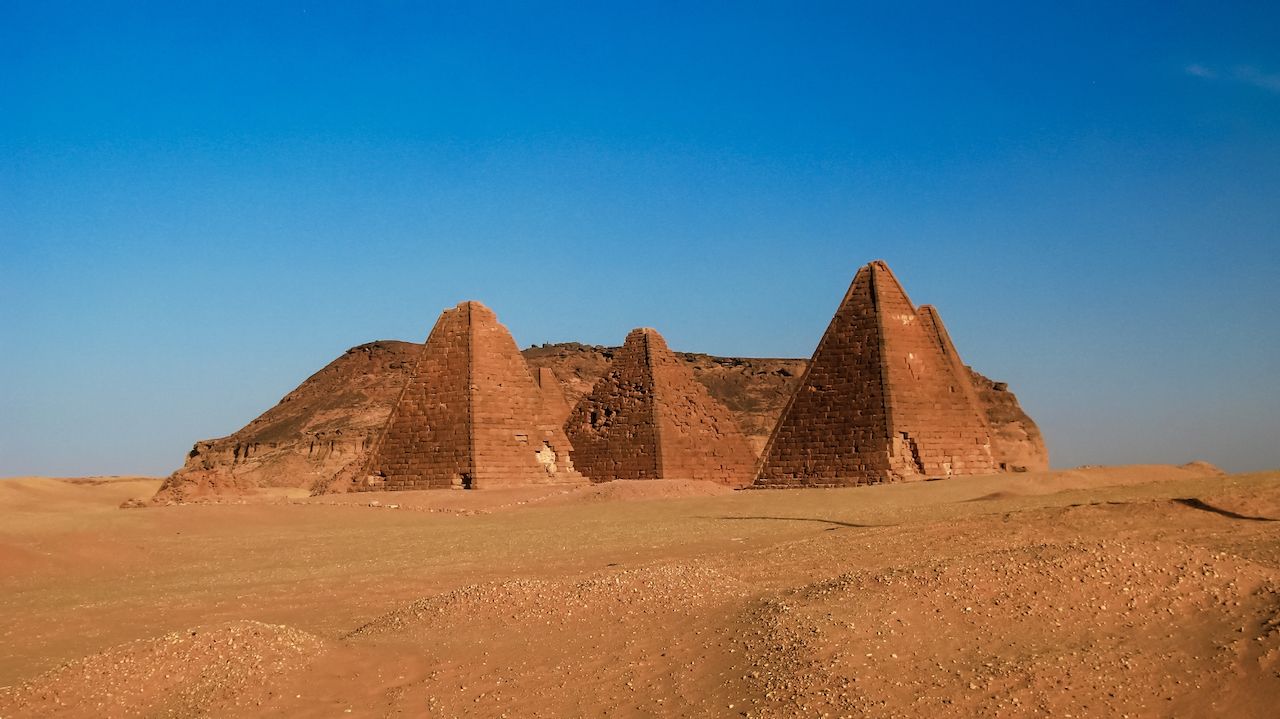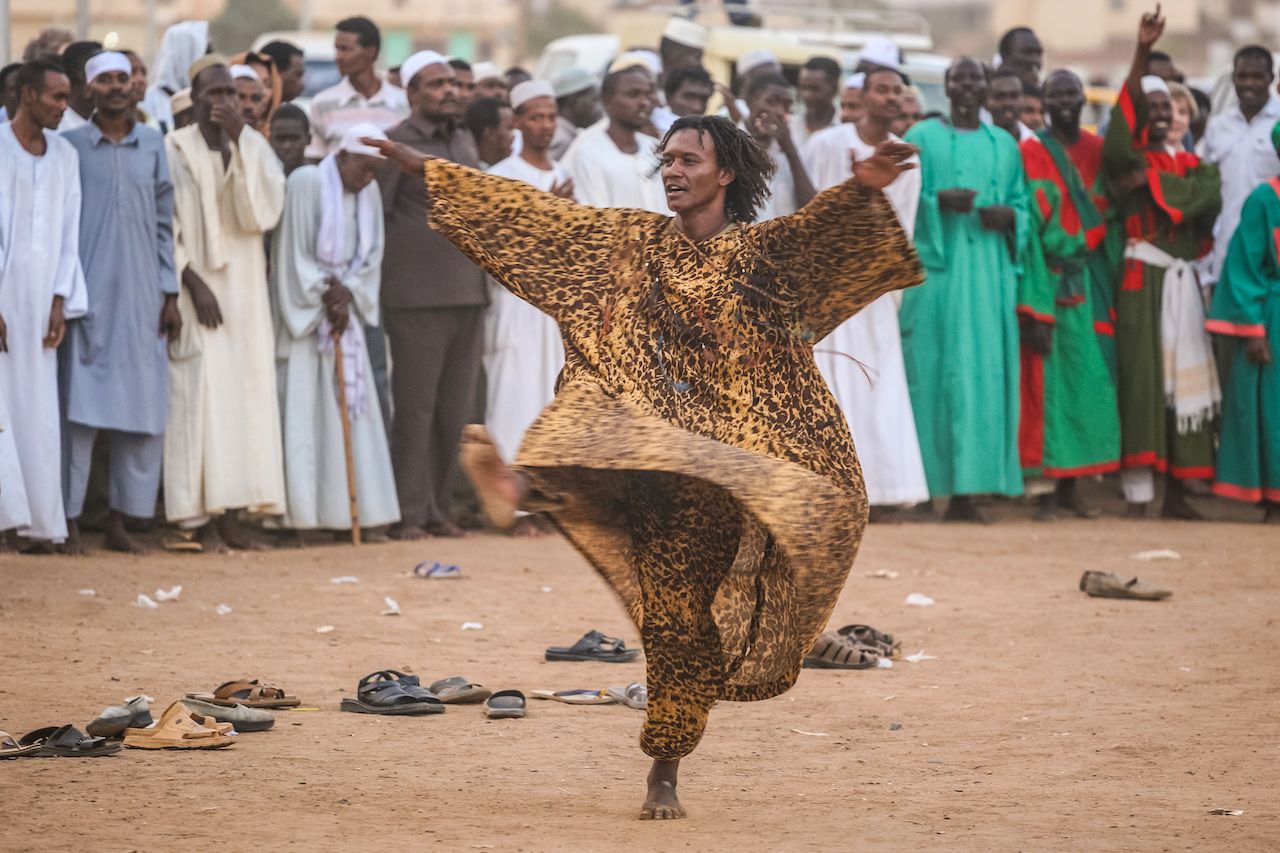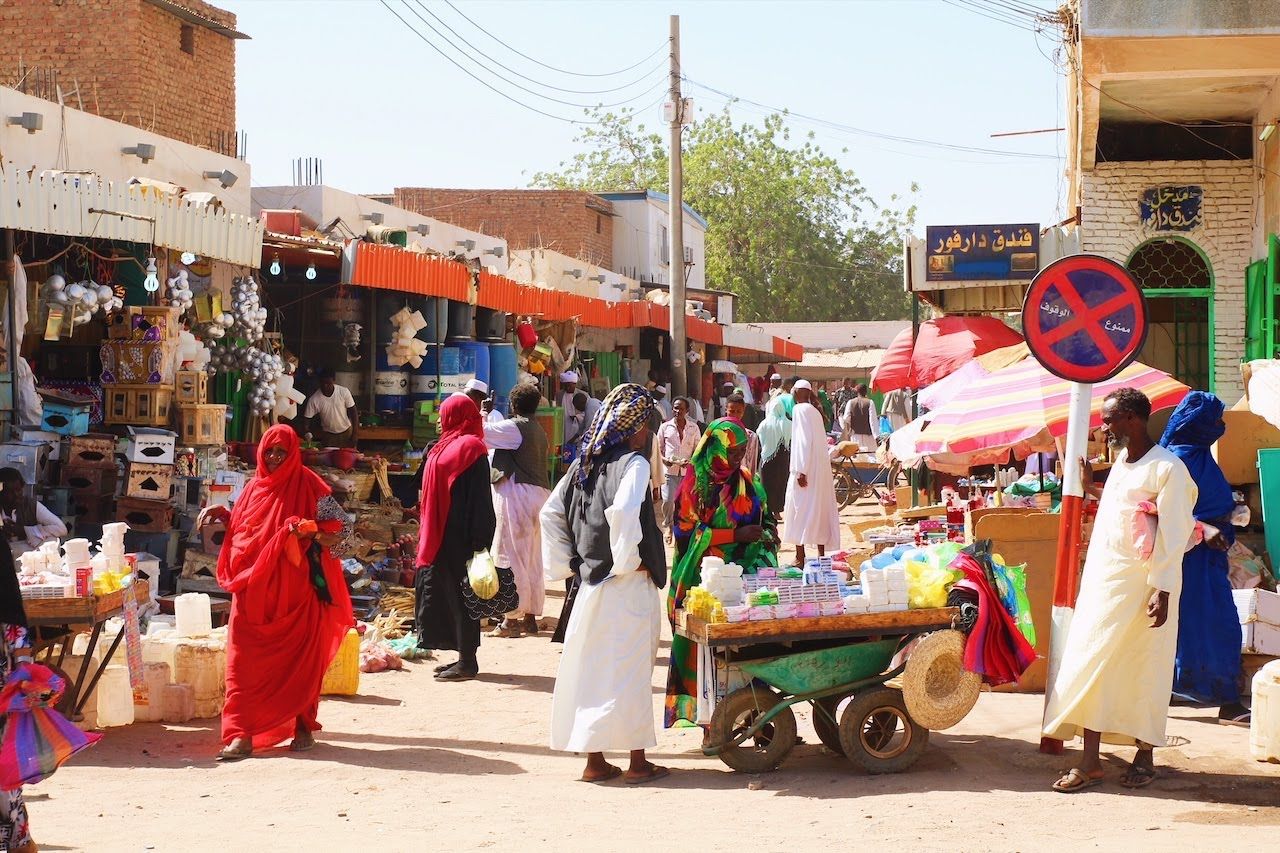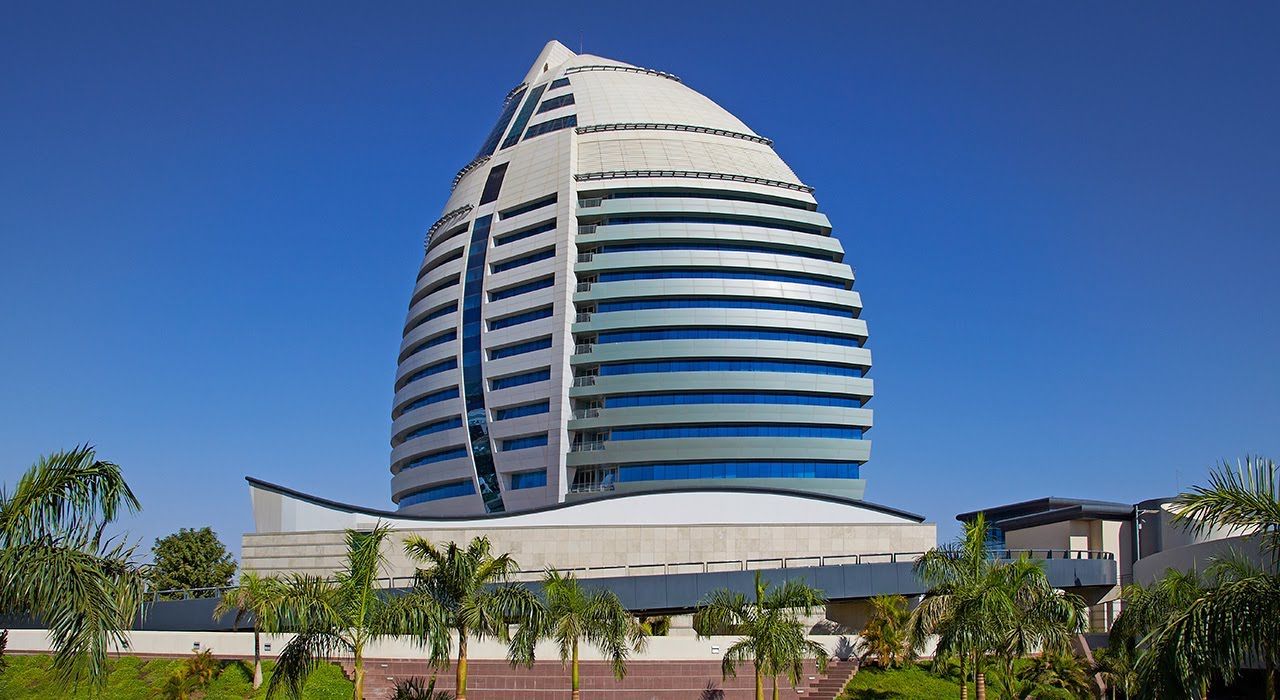Because it’s been plagued by two civil wars (1955-1972 and 1983-2005) and the ongoing violence taking place in the Darfur region, many people think the whole of Sudan is dangerous; however, the northeastern region of the country is very peaceful. With a rich cultural heritage, twice as many pyramids as Egypt, and warm, welcoming locals, Sudan is worth checking out. Since very few visitors venture into the country and the government is not promoting its amazing assets, it’s a great destination for those who are looking for a unique trip away from the crowds. Here are the best sights for travelers to check out in Sudan.
Note that the US Department of State currently advises travelers to not travel in the Darfur region, Blue Nile state, and South Kordofan state due to crime and armed conflict, as well as civil unrest and terrorism.

